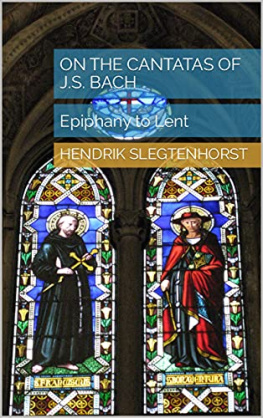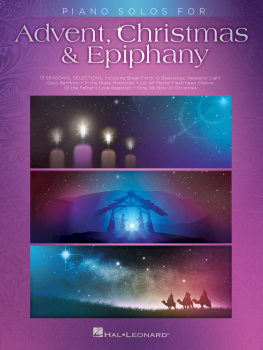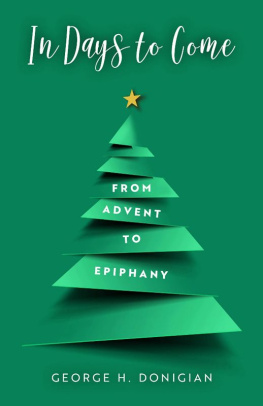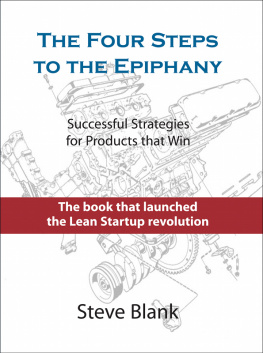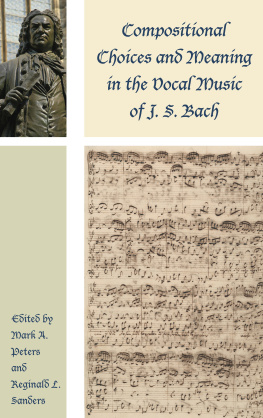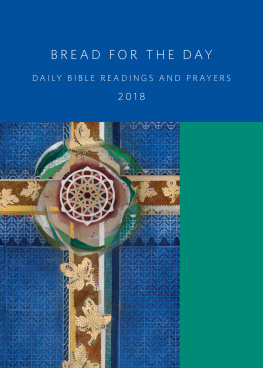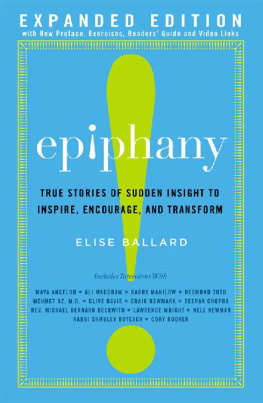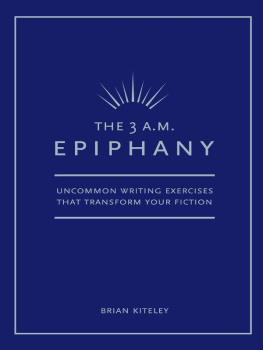ON THE CANTATAS
OF J.S. BACH
Volume Five
EPIPHANY TO LENT
HENDRIK SLEGTENHORST
Enlora Press
Get Starter Library Material, from Hendrik Slegtenhorst, for Free
Sign up for the no-spam newsletter and get a sample chapter from Book Five, as well as future exclusive content, all for free.
Details can be found at the end of the book.
Contents
1 Synopsis
Book four concluded at the Sunday after New Year. This book is concerned with the thirty-one cantatas for Epiphany through Lent. They are grouped into the period for Epiphany (fourteen cantatas), Purification of the Blessed Virgin Mary (four cantatas), the ten cantatas for the pre-Lenten Sundays (Septuagesima, Sexagesima, Quinquagesima), Annunciation (one cantata), and Lent (two cantatas). Book six will discuss Eastertide and Pentecost.
Epiphany celebrates the manifestation of the divinity of Christ in human form, the theophany of God. One of the prime subjects in the Pauline constitution of Christianity, with its ancillary preoccupation with mortal death and immortal re-birth. Cantatas 124 and 32 at Epiphany I, cantata 156 at Epiphany III, are especially fine.
The Purification of Mary, also termed the feast of the Presentation of Christ in the temple, once the mother, according to the Mosaic strictures, has been purified. There are two exceptional cantatas: 125 and 82.
The pre-Lenten period, largely concerned with Christian self-assessment before the sacrifices during Lent, extends from the ninth Sunday before Easter to the seventh. The finest cantata are 84 for Septuagesima, cantata 18 for Sexagesima, and cantata 159 for Quinquagesima.
Lent is the penitential preparation for Easter. Except for Annunciation, no concerted music was performed in Leipzig, but we do have the earlier cantatas for Oculi and Palm Sunday, including the magnificent cantata 182 for the latter, wherein Bach celebrates Christ as the hope of the world, all the while knowing the Passion that is soon to come.
The closer one approaches Easter and the Resurrection, the more Bachs integrated and overarching vision that his work offers and elaborates becomes even more demanding. For example, in the case of Quinquagesima, Bach is also considering its relation to the tempus clausum for the balance of Lent, and also to Good Friday, and hence to the Passions and the figural work to be presented during Easter.
Nonetheless, Bachs sheer artistry, theological knowledge, and profound awareness of the human condition still constantly shine through, simply because the music, the structure, the relevance are so well integrated, and felt, by the composer.
2 Epiphany
The feast of Epiphany celebrates the revelation of God in human form in the person of Jesus Christ. In addition to the manifestation of God, the feast also sometimes commemorates the visit of the Magi to the infant Christ, which, as the Magi were not Jewish, is thus Christs revelation to the Gentiles. In some Western traditions the eve before Epiphany is celebrated as Twelfth Night, for which Shakespeare wrote his celebrated play.
What country, friends, is this? Viola, I.ii.i
The Eastern tradition commemorates the baptism of Christ in the River Jordan, which is regarded as Christs manifestation as the Son of God.
The use of theophany, the appearance of a deity to a human being, was already old when Homer employed it in The Iliad. It is a manifestation mankind likes to believe in, for it provides divine wisdom to the mortal world, without the need for rational consideration or behavioural responsibility. When large portions of the population accept this, on nothing more than faith, the theophany becomes momentous not only in the fantasy of actualization but also in the organizational leverage it empowers in those who are seen as leaders or rulers of any given society.
Without dismissing the incarnation of Jesus, Bach is aware of the superficiality of power that is able to exploit belief and attain command not necessarily subject to the nature and purpose of the incarnation. Whether the actual action of the theophany is better brought about by the cradle to whom all are guided by the heavenly star, or by the purification by water that baptism brings, is immaterial, as both are aligned with the idea that physical birth begets spiritual birth. Protestants simplified this further in the concept of being born again, which is a selective choice rather than an actual action.
It is this strain of conceptualization that Bach implies in cantata 65, with its denigration of the gold, and hence false worth, of worldly goods, even while recounting the return of the spiritually exiled, both actually and metaphorically, to a Jerusalem once destroyed but now in the incandescence of the newly born Christ child.
Cantata 123 is an exegesis of this spiritual exile. Love incorporates its own and inescapable loneliness. This is not the loneliness of love unrequited or lost, but the religious sublimation of loneliness into an induced love of an unknowable salvation, the innate evil of men permitted the possibility of redemption; hence, the inculcation of mortal loneliness of a love unachievable in life but promised in an indefinable and indemonstrable afterlife, the said characteristics of which are conveyed in controlling mechanisms of the mortal church.
Bach acknowledges the grandeur of Epiphany but understands the inescapable loneliness of the individual, the solitariness of the self.
2.1 Cantata 65
This cantata is part of the first cantata cycle of 1724.
The epistle is Isaiah 60:1-6, the gathering of the exiled who were dispersed from Jerusalem and now are to return to that city, which still lies in ruins but is now to be rebuilt. The opening chorus of the cantata concentrates on this text.
Arise, shine; for thy light is come, and the glory of the Lord is risen upon thee.
For, behold, the darkness shall cover the earth, and gross darkness the people: but the Lord shall arise upon thee, and his glory shall be seen upon thee.
And the Gentiles shall come to thy light, and kings to the brightness of thy rising.
Lift up thine eyes round about, and see: all they gather themselves together, they come to thee: thy sons shall come from far, and thy daughters shall be nursed at thy side.
Then thou shalt see, and flow together, and thine heart shall fear, and be enlarged; because the abundance of the sea shall be converted unto thee, the forces of the Gentiles shall come unto thee.
The multitude of camels shall cover thee, the dromedaries of Midian and Ephah; all they from Sheba shall come: they shall bring gold and incense; and they shall shew forth the praises of the Lord.
The gospel Matthew 2:1-12, which recounts the journey and the Magi and the actions of Herod.
The first chorale, which is the second movement, of the cantata includes the three wise men among those who travel to Bethlehem from Sheba, and from this point on the cantata has this encounter of the Magi with the Christ child as its locus, shifting already during the first recitative, which is the third movement of the cantata, to the metaphor that gold and gifts offered do not in the least equal the gift of God of His Son to humankind. This point is elaborated in the aria for bass, the fourth movement of the cantata. The fifth movement, a recitative, then sublimates the offering of expensive gifts into the concepts that faith of all who revere Christ is comprised of the greatest gifts: the gold of faith, the incense of prayer, the myrrh of patience. The sixth movement, an aria for tenor, offers the human heart as a present to divinity, and this proffered, the closing chorale places human life and death in the hands of the infant Saviour, Who in turn will enable the exaltation of the human spirit in the world to come.
Next page
